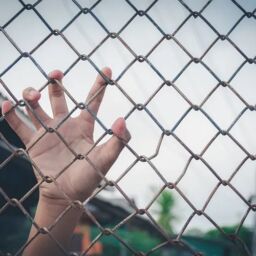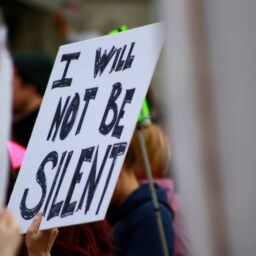
Recognizing the Signs and Symptoms
The first step in helping children who have been abused or neglected is learning to recognize the signs of maltreatment. The presence of a single sign does not necessarily mean that child maltreatment is occurring in a family, but a closer look at the situation may be warranted when these signs appear repeatedly or in combination. This fact-sheet is intended to help you better understand the Federal definition of child abuse and neglect; learn about the different types of abuse and neglect, including human trafficking; and recognize their signs and symptoms. It also includes additional resources with information on how to effectively identify and report maltreatment and refer children who have been maltreated.
How Is Child Abuse and Neglect Defined in Federal Law?
Federal legislation lays the groundwork for State laws on child maltreatment by identifying a minimum set of actions or behaviors that define child abuse and neglect.
The Federal Child Abuse Prevention and Treatment Act (CAPTA), as amended and reauthorized by the CAPTA Reauthorization Act of 2010, defines child abuse and neglect as, at a minimum, “any recent act or failure to act on the part of a parent or caretaker which results in death, serious physical or emotional harm, sexual abuse or exploitation (including sexual abuse as determined under section 111), or an act or failure to act which presents an
imminent risk of serious harm” (42 U.S.C. 5101 note, § 3).
Additionally, it stipulates that “a child shall be considered a victim of ‘child abuse and neglect’ and of ‘sexual abuse’ if the child is identified, by a State or local agency employee of the State or locality involved, as being a victim of sex trafficking 1 (as defined in paragraph (10) of section 7102 of title 22) or a victim of severe forms of trafficking in persons described in paragraph (9)(A) of that section” (42 U.S.C. § 5106g(b)(2)).
Most Federal and State child protection laws primarily refer to cases of harm to a child caused by parents or other caregivers; they generally do not include harm caused by other people, such as acquaintances or strangers. Some State laws also include a child’s witnessing of domestic violence as a form of abuse or neglect.
For State-specific laws pertaining to child abuse and neglect, see Child Welfare Information Gateway’s State Statutes Search page at https://www.childwelfare.gov/systemwide/laws_policies/state
















